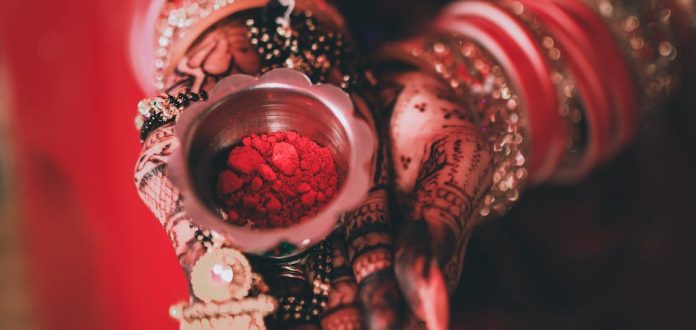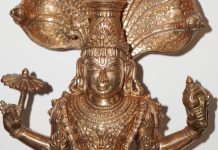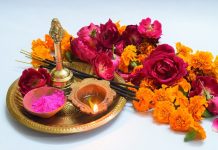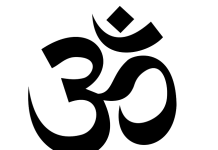Sindoor, also called Vermilion or sindura, occupies a special and respected substance in Hindu culture. Made from organic and herbal substances such as turmeric, lime, alum, or saffron, this vibrant red or orange-red cosmetic powder is steeped in cultural and religious significance. This powder is used in ceremonies and everyday life by married Hindu women.
Sindoor in Hindu Mythology: An Emblem of Divine Union
Within Hindu mythology, sindoor is intricately linked with tales of divine love and union. One of the most prominent narratives involves Goddess Parvati, the consort of Lord Shiva. Legend has it that Parvati applied sindoor to her hair as a symbol of her unwavering devotion and love for her husband. This act serves as a timeless example of marital commitment and signifies the auspiciousness of the bond between husband and wife.
Traditional Application and Ceremonial Importance
Traditionally, sindoor is applied at the beginning or entirely along the parting-line of a woman’s hair, known as the mang or simandarekha in Sanskrit. It may also be applied as a dot on the forehead. The first application of sindoor typically occurs during the marriage ceremony, known as Sindoor-Daan, where the groom adorns the bride with it while reciting slokas. This ritual symbolizes the commencement of married life and is a timeless tradition that continues to be practiced today.
Ceremonial Importance: The Sacred Rite of Sindoor-Daan
The ceremonial application of sindoor holds profound significance in Hindu weddings. During the Sindoor-Daan ritual, the groom adorns the bride with sindoor while reciting sacred verses. This ritual not only marks the commencement of married life but also invokes blessings for prosperity, longevity, and happiness within the marital union.
Astrological Symbolism: Aligning with Cosmic Forces
According to Hindu astrology, the House of Aries or Mesha Rashi is situated on the forehead, and the Lord of Aries is Mars, associated with the color red, which is considered auspicious. This astrological alignment provides a significant rationale for the application of red sindoor at the forehead and hair partition. Additionally, sindoor is seen as a symbol of good luck, or Saubhagya, and represents the female energy of Shakti, embodying strength, vitality, and auspiciousness.
Sindoor as a Symbol of Shakti and Kumkum
In Hindu tradition, sindoor is not only a cosmetic but a symbol of the divine feminine energy, Shakti. It represents the strength, resilience, and nurturing qualities inherent in women. Additionally, sindoor is sometimes referred to as kumkum, further emphasizing its sacred and auspicious nature within Hindu culture.
Embracing the Mythological Legacy of Sindoor
Sindoor encapsulates the essence of divine love, union, and auspiciousness within Hindu tradition. From its mythological origins to its ceremonial significance and astrological symbolism, sindoor remains a cherished emblem of marital bliss and feminine strength. As Hindu women gracefully adorn themselves with sindoor, they not only honor tradition but also invoke blessings for prosperity, longevity, and happiness within the sacred institution of marriage.




























































